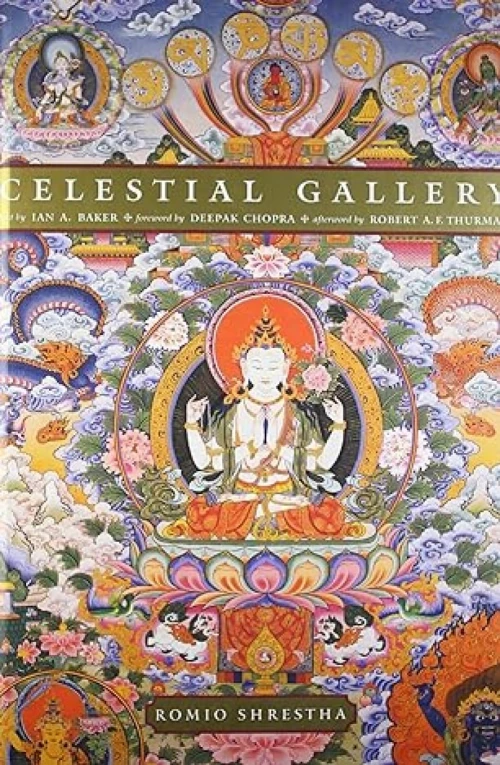Numbers: Their Iconographic Consideration in Buddhist and Hindu Practices By Fredrick W. Bunce
In his effort to find an explanation for the unknown, the mysterious around him, the ancient man saw in "numbers", among other things, a high significance. And frequently used them to explain the ineffable or even predict through "numerology". Astrology became a parallel, interwoven science -- which, like numerology, was used to predict the future and also to determine propitious times for venturing upon an important activity: be it the naming of a child, marriage, or construction of a building.
Numbers, in fact, have always held a strong fascination for all various cultures of Asia. Considered to inhere both mystic and iconic significance in the Hindu and Buddhist worlds, their importance was emphasized in celebrated architectural treatises, like the Manasara and the Mayamata and they, (together with other complex procedures), were invariably utilized by the priest-architect (the sthapati) in the planning, design and construction of temples and other buildings. Not only the numbers, but even the geometric forms (like the circle, square or rectangle) came to have numerological and, consequently, iconographic importance in these cultures.
Yet another fascinating work from an internationally known scholar of Oriental Art, the book highlights the true iconograpic import of numbers/numerology in Hindu and Buddhist practices -- bringing out, in detail, the unique properties of each iconographically significant number: ranged between 'one' (1) and 'one thousand twentyfour' (1024). Professor Bunce here perceives 'numerology' not as the arcane or occult science, but as an academic proposition concerned with the ethos of numbers and the genesis of their importance within the Hindu and Buddhist art, particularly architecture.
A useful read for the scholars of iconography.










